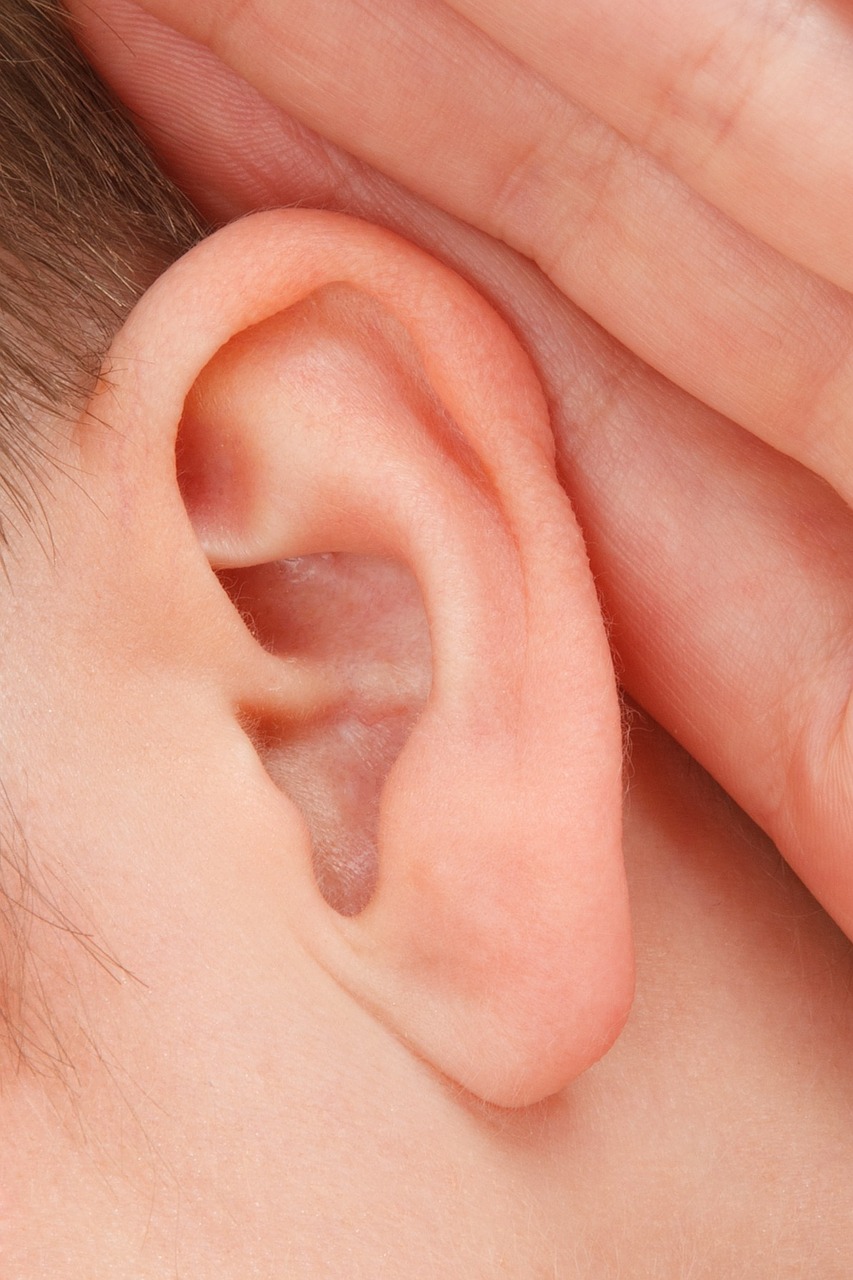Place your votes: BNA Council & Committee elections
22nd July 2024
22nd Nov 2018

This comprehensive review article by Ashmore (2018), published in the BNA’s official journal ‘Brain and Neuroscience Advances’, describes the history of hearing research, expectations of the future and hurdles that still need to be overcome.
 From the first recordings of receptor potentials in sensory hair cells in the 70s, the discovery that the basilar membrane is able to reliably determine the frequency of sound (contrary to what was believed before) in the 80s, the finding of mutations of genes causing deafness in humans (mutations in PAX3 and MYO7a) in the 90s, to current research on for example the development of the cochlea and the mechanism behind sending sound information from the hair cells to the brain.
From the first recordings of receptor potentials in sensory hair cells in the 70s, the discovery that the basilar membrane is able to reliably determine the frequency of sound (contrary to what was believed before) in the 80s, the finding of mutations of genes causing deafness in humans (mutations in PAX3 and MYO7a) in the 90s, to current research on for example the development of the cochlea and the mechanism behind sending sound information from the hair cells to the brain.
The future of this research area, as outlined in the article, revolves around the role of the mechano-electric transduction channel and the reorganisation of the nerves in hair cells after a loud sound.
The article discusses challenges for the future as well in four categories: hearing and cognition, hair cell regeneration, gene therapy and the bioengineering of hearing aids and cochlear prostheses.
Current research in these areas shows promising results, but there is still a lot that is unknown. It is therefore crucial to build on past findings to be able to fully understand how hearing works and to help deaf people hear again in the future.
To access the full review article, click here
Ashmore, J., 2018. The neuroscience of hearing or how to do a hard job with soft components. Brain and Neuroscience Advances, 2, p.2398212818810687.